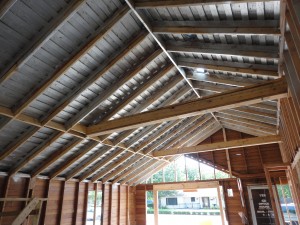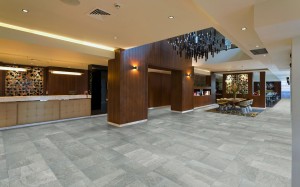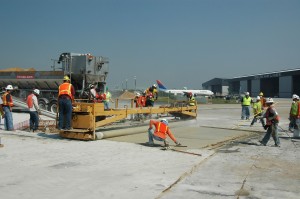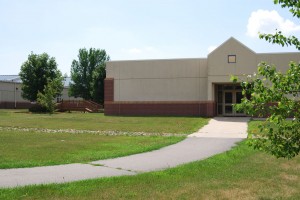The ability to detect trapped moisture within a wall system is useful in evaluating the condition of an exterior wall system, and critical for evaluating sheathing durability. Finding hidden water using non-destructive techniques such as infrared imaging can be useful if the techniques are used correctly.
+ Read More
|
Both conductive heat transfer and air leakage through the building enclosure have been identified as obstacles to truly energy efficient buildings. This article delves into the necessity for proper detailing of both continuous insulation and fluid-applied air barriers.
+ Read More
|
Unwanted building envelope heat transfer can be a unique problem in commercial construction and retrofit. With the nationwide push for energy conservation and more efficient buildings, architects, engineers, and designers are being asked to come up with viable solutions.
+ Read More
|
When there is a tile or stone failure, a contributing factor is often the lack of properly installed movement joints. Just like concrete sidewalks and bridges, tile and stone need to have movement joints to control the anticipated movements within a structure.
+ Read More
|
The Green Building Institute’s (GBI’s) Green Globes for New Construction is a rating system for the assessment of environmental building design and major renovation—similar to the Leadership in Energy and Environmental Design (LEED) program, but with important differences.
+ Read More
|
The use of rapid-setting calcium sulfoaluminate (CSA) cement reduces the amount of energy and carbon dioxide emissions associated with portland cement production. It also requires less limestone—the primary source of carbon dioxide released during the chemical sintering process.
+ Read More
|
Economical, durable, and aesthetically pleasing, polished concrete floors are no longer a novelty as they are continually used for industrial, commercial, and residential projects.
+ Read More
|
As in HVAC systems, variable refrigerant flow (VRF) zoning technology is increasingly specified for its superior energy-saving benefits and precise zoned control. Nevertheless, specifiers often find it challenging to compare the energy-efficiency data of traditional commercial HVAC with VRF zoning systems.
+ Read More
|
In early iterations of exterior insulation and finish systems (EIFS), issues occurred when board stock rigid insulation was layered against other rigid insulation or exterior sheathing, or when decking traps moisture between the layers of material.
+ Read More
|
Specifiers need to understand the new and urgent financial drivers for better acoustic performance in healthcare facilities. Drawing on evidence-based design and programs, this article looks at ceilings in healthcare projects.
+ Read More
|
|
|














